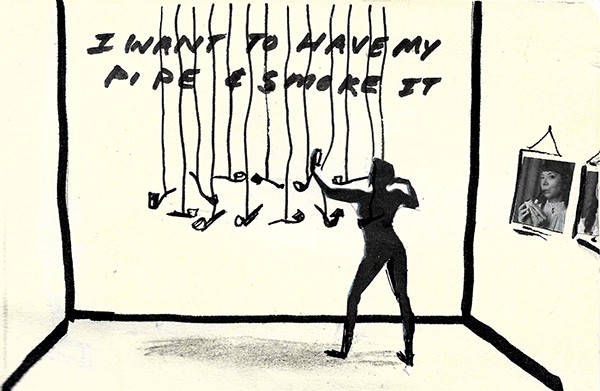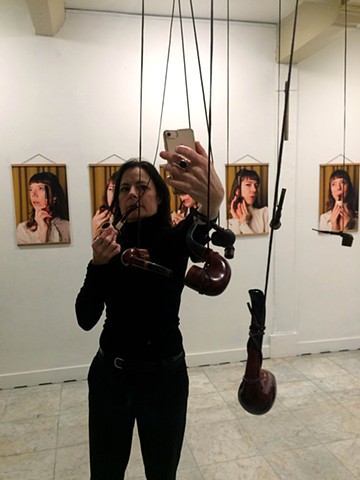I Want To Have My Pipe & Smoke It
Like men, at first women began to take up pipe smoking out of curiosity and many enjoyed it enough to continue the practice, but evidently not in sufficient numbers to make it a regular part of social custom for any great length of time. For while society has often permitted women to smoke a pipe, rarely have they been encouraged to do so.*1
more info below images
I Want To Have My Pipe And Smoke It is a project which examines the pipe as a representation of the traditional and idealized masculine bastion. I am interested in the relationship between pipe smoking, gender, social status and sexuality. Being a contemporary female artist, I take the “bruyere” pipe and reinvent it, while playfully exploring the concept of the masculine ideal of superiority and authority. The result is a series of artworks that examine the pipe as a symbol, my standpoint as a female painter, and today’s selfie craze.
‘Many women smoke standard sized pipes, but women pipe smokers should exercise the same care that a man does when selecting a pipe: buy one with a shape and of a size that will compliment your own facial features and bone structure (…).’ 2
A series of 18 selfie photographs posing with "bruyere" pipes belonging to a man I will never meet, my late father in-law, have been ‘analog’ photoshopped with oil paint. In each of these selfies with pipe, figurative and abstract wrinkles have been painted onto my aging face or paint is employed to cover up/camouflage existing fine lines. The oil paint sometimes takes on the appearance of foundation make-up, adding another layer to my already made-up face in the photographs.
These painterly alterations are also an experiment with semi-abstraction: an oval on my cheek for example, painted with thick brushstrokes of flesh colored paint – an abstract image that is reminiscent of old, wrinkled skin. This “photoshopping” method refers to the way the media and the advertising industry repeatedly camouflage and erase women’s inherent uniqueness, as well as to women themselves doing the same when they participate in their individual self-promotion on social media. To add to the tricky task of this project, in Dutch, the verb form of the word pipe, “pijpen” means to give a blowjob. Alongside these selfies, the project also includes a pipe installation, Foto Lab, user’s manual, and other artworks.
*1 & 2 Hacker, Richard Carleton. The Utlimate Pipe Book. 1984.
![I Want To Have My Pipe & Smoke It
[series of 18 selfies with pipe]](http://img-cache.oppcdn.com/fixed/843/assets/ZjIZU_47gN1gduR0.jpg)
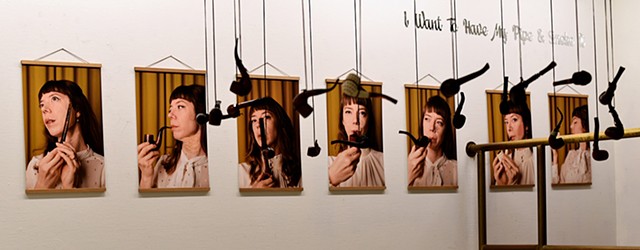
![I Want To Have My Pipe & Smoke It
[series of 18 selfies with pipe]](http://img-cache.oppcdn.com/fixed/843/assets/YI5Yh7DM9tnadXw0.jpg)
![I Want To Have My Pipe & Smoke It
[series of 18 selfies with pipe]](http://img-cache.oppcdn.com/fixed/843/assets/bu9ubdHNnxaKcX_2.jpg)
![I Want To Have My Pipe & Smoke It
[series of 18 selfies with pipe]](http://img-cache.oppcdn.com/fixed/843/assets/txqw8zoCG_sPvEvW.jpg)
![I Want To Have My Pipe & Smoke It
[series of 18 selfies with pipe]](http://img-cache.oppcdn.com/fixed/843/assets/C6HfzB_H_aUcVpGC.jpg)
![I Want To Have My Pipe & Smoke It
[series of 18 selfies with pipe]](http://img-cache.oppcdn.com/fixed/843/assets/Uf6z3JPAsSpyW8bx.jpg)
![I Want To Have My Pipe & Smoke It
[series of 18 selfies with pipe]](http://img-cache.oppcdn.com/fixed/843/assets/VErZf7jcigxVcAdl.jpg)
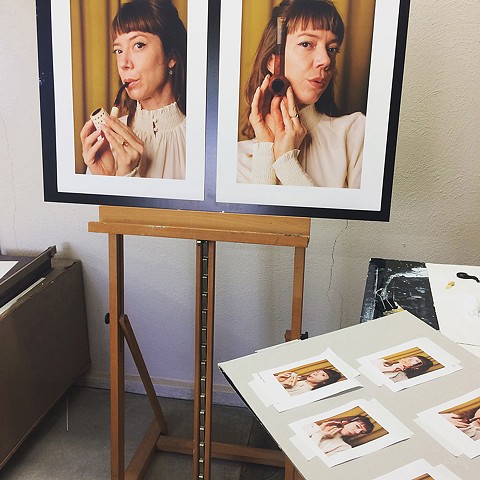
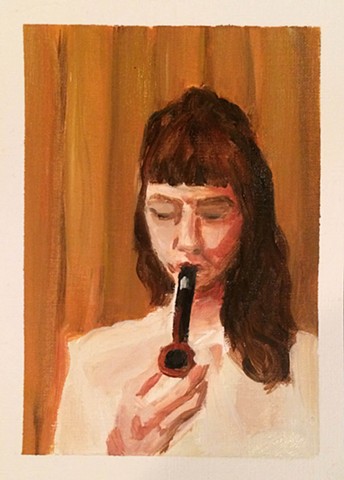
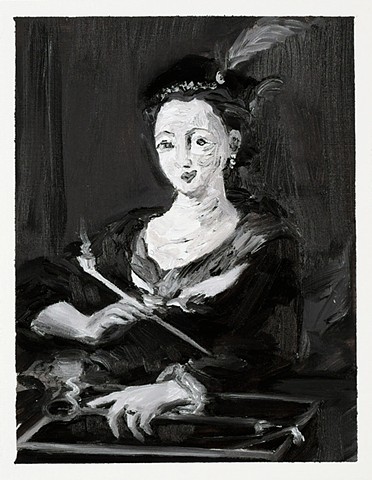
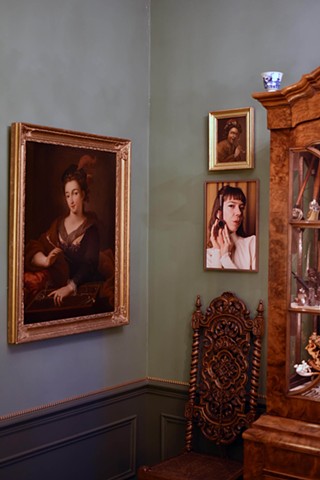
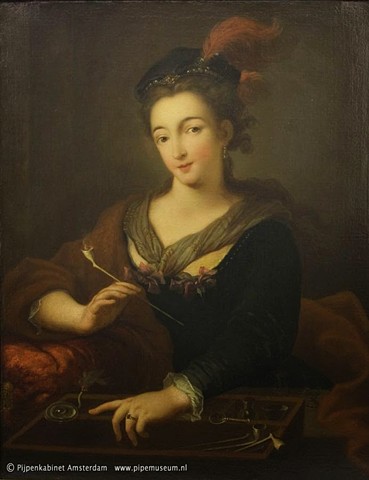
![I Want To Have My Pipe & Smoke It
[series of 18 selfies with pipe]
detail of analog photoshop](http://img-cache.oppcdn.com/fixed/843/assets/ScX6iV3dTIKGsqGE.jpg)
![I Want To Have My Pipe & Smoke It
[series of 18 selfies with pipe]
Installation view in ArtSpace at Arti et Amicitiae, Amsterdam, The Netherlands 2019](http://img-cache.oppcdn.com/fixed/843/assets/TQmVQGkOHUOAR7lX.jpg)
